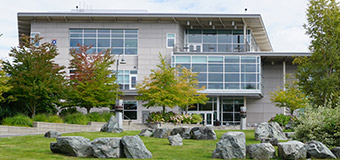After nearly a year and a half, the MaST Center reopened its doors in July 2021 to the general public. Over 250 people attended the weekly Discover Day despite the requirement to wear a mask. Many of the visitors expressed a heartfelt gratitude for the reopening of “their” aquarium.
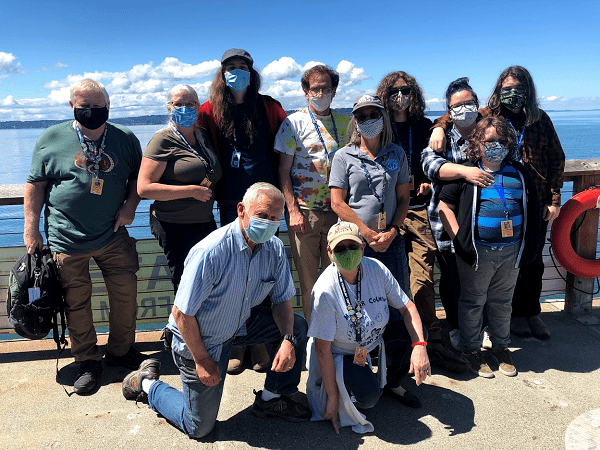
An amazing team of 11 volunteers (pictured above) helped guide the visitors during their exploration of the Puget Sound marine life found in the approximately 4,000 gallons of water in the numerous aquariums we have at the MaST Center.
If you missed last weekend, don’t fret, as the MaST Center is open to the public every Saturday from 10 a.m. to 2 p.m. Best of all, it’s free!
In the News ––Crab Research Project at the MaST:
For several days a week, volunteers from the community are counting the number of megalops and instars, which are the early stages of crabs, captured in a light trap anchored off the MaST Center. A light trap works just like a bug trap you’d hang outside but using light collects the animals without killing them. The volunteer’s work was featured this past weekend on KIRO 7 news.
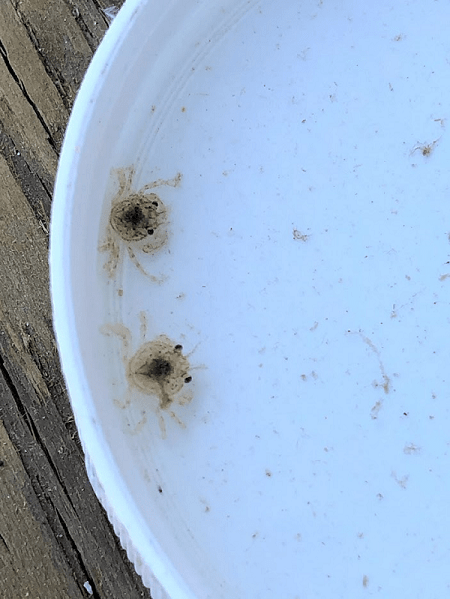
As part of the Pacific Northwest Crab Research Group, a collaboration of partners from tribal, state and federal agencies, as well as NGO’s and academia, the MaST Center fills a critical gap in the research as the only location in the south central Puget Sound. Previous and ongoing research has found that tracking the early life stages of the Dungeness crab will allow researchers and policymakers to better understand future abundance which improves the sustainable management of the Dungeness Crab Fishery (valued in Washington State at nearly $20 million per year, citation HERE).
Eye Spy
For our first MaST Center Aquarium Eye Spy, we’ll give you an easy one. Can you find the fish? If not, scroll to the bottom for some help and more information.
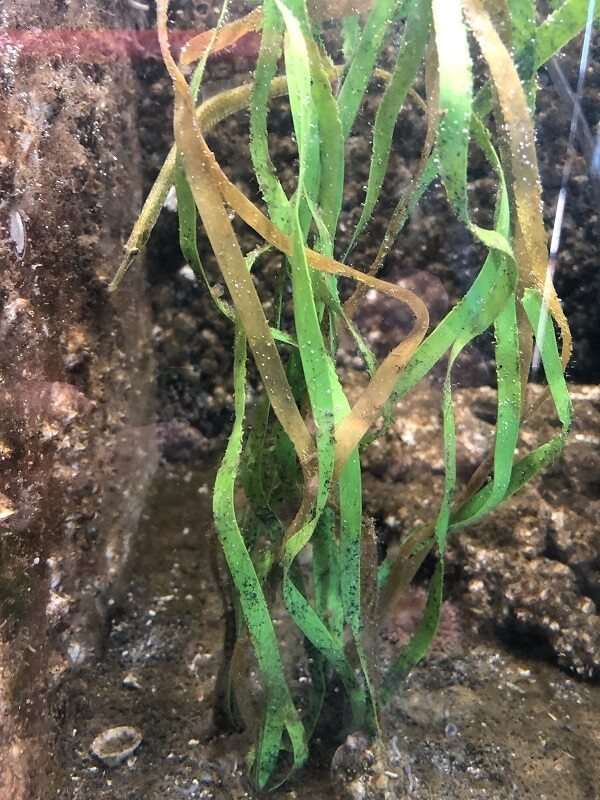
Creature Feature:
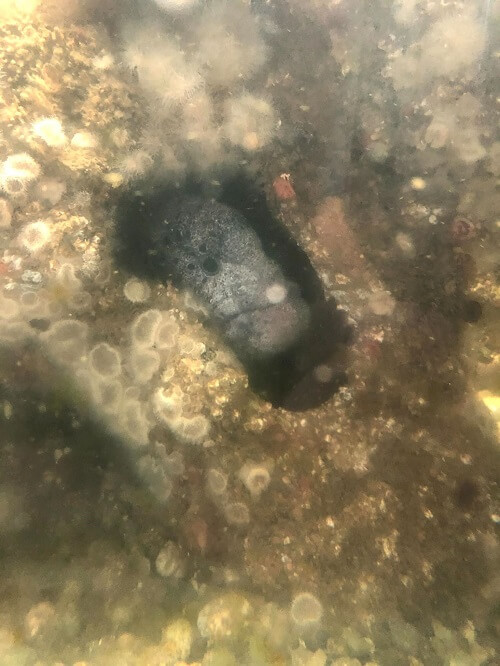
Arguably both the ugliest and cutest animal at the MaST Center, the Wolf Eel, scientific name Anarrhichthys ocellatus, is a crowd favorite when she wants to show herself. Sekiu, as she’s been named by staff and volunteers, was collected by the MaST staff eight years ago when she was only about 18 inches in length. Now our largest animal at nearly full size at 7 feet, she spends most of her time, like wolf eels in the wild, relaxing in her den. If you peer closely into the den, you may see her face peaking back at you. Check out this video taken recently of her coming out to eat.
Fish Food:
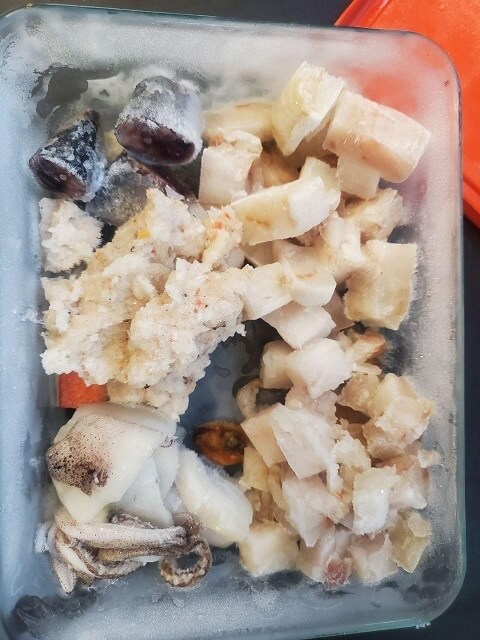
What has many eyes, tentacles, is frozen solid, and looks somewhat unappetizing?
Animals at the MaST are fed a variety of foods including cod, pollock, scad, squid, mussels, mysis, bloodworms, kelp and several others. MaST staff every 2-3 weeks have a food prep day where they will cut up, dice, and blend the human-grade seafood. Each frozen portion feeds all the animals for one feeding. Most animals are fed three times a week but a couple, like the pipefish, receive daily feedings.
Eye Spy (the answer):

Male pipefish will court the females and then carry the babies until they are ready to go off on their own. Although we don’t have seahorses in the Puget Sound, their stretched out cousin, the pipefish, scientific name Syngnathus leptorhynchus, is commonly found in eelgrass beds throughout the Sound.
Here’s an easier picture to see our male pipefish.
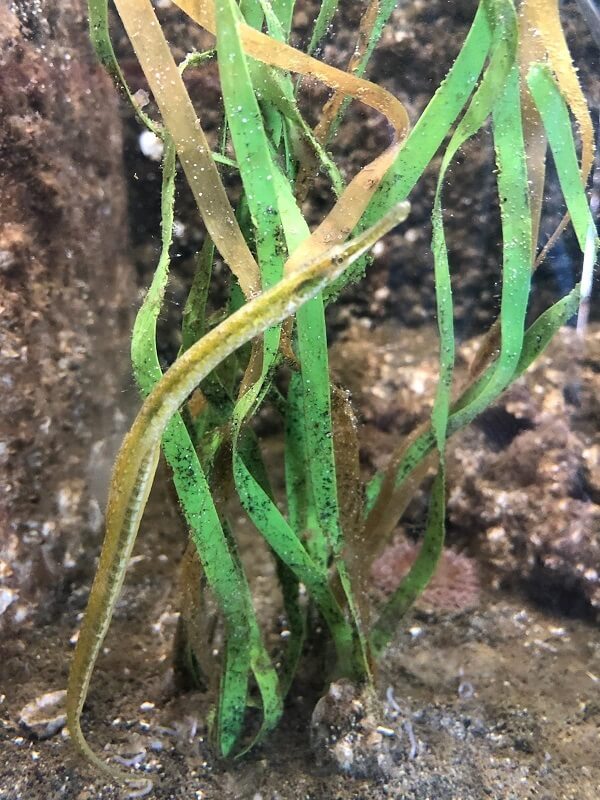
Bad Dad Joke:
Q. How is a piano not like a fish?
A. You can’t TUNA FISH!
